Gothic Metal, A Metal Lover's Perspective
Gothic metal begins with Gothic Rock, which is a spin-off from the punk movement. Gothic Rock, which takes its beginnings in the late 70’s, includes bands such as Bauhaus, The Cure, and Joy Division. The main difference between punk and goth is the political focus; goth focuses on personal politics where punk is externally driven against the establishment and external politics. Gothic Rock incorporates personal politics such as the feelings one gets from romanticism, art, and philosophy. Gothic Rock, in general, focuses on personal growth and education, and excludes external politics. Gothic Rock musically uses synthesizers to create a “spooky” vibe and the percussion is often described as “tribal” in nature.
Now that one can understand the meaning behind Gothic Rock, crossing over into the realm of Gothic Metal is easier to explain. Gothic Metal encompasses the feelings one gets from deep emotions, emotions that are triggered by pain, horror, dark mythical subjects, and nihilism. The lyrics are extremely melodramatic, and draw upon personal feelings of melancholy, like painting an epic picture of how one feels at the loss of a loved one or the horror felt when witnessing a murder.
Gothic Metal musically is more difficult to explain. True Gothic Metal is derived from Gothic Rock adding a cross-over infusion of Heavy Metal, which means adding aggressive, speed and thrash guitars that utilize synth distortion, loud percussive sound, and vigorous vocals. The most distinctive characteristic of Gothic Metal are the vocals. Gothic Metal typically uses two types of vocalists together; the soft, often opera-like female vocalist and the deep, powerful male vocalist to create a very unique harmony. It is not uncommon for the male vocalist to display deep, guttural vocals while the female’s vocals remain clean and crisp.
The most notable pioneering band for Gothic Metal is Paradise Lost, which is a band from England and began recording in 1990. The album which is truly noted to be the first Gothic Metal album is “Gothic”, released in 1991 by Paradise Lost. Other pioneers of the genre include Anathema, Type 0 Negative, My Dying Bride, and Marilyn Manson. The band which is credited with creating the “Beauty and the Beast” type vocal harmonies is a Norwegian band, Theater of Tragedy. This type of vocal harmony has become the mainstay for Gothic Metal. More recent Gothic Metal bands, such as Tristania, Lacuna Coil, Evanescence, Nightwish, We are the Fallen, and Within Temptation have taken Gothic Metal and added a progressive and symphonic influence. The musical pieces are often lengthy and tell great tales of personal tragedy, love, and mystery. The music has become very emotional and epic with the addition of elements of classical music, adding even more intrigue and mystique.
The evolution of Gothic Metal has made the genre very difficult to generalize into one single category. Like most evolutions, the changes are welcome and have now brought this fabulous genre into the mainstream for all to enjoy.
MusicMistress

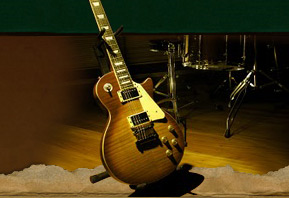



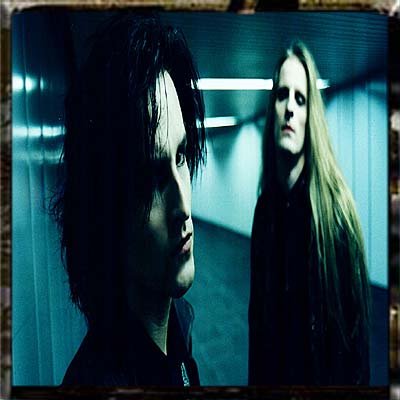
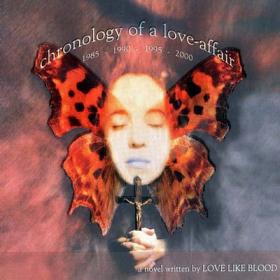
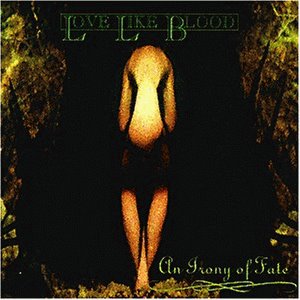
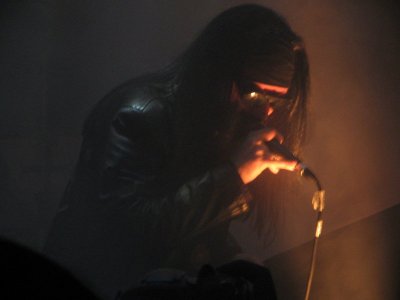
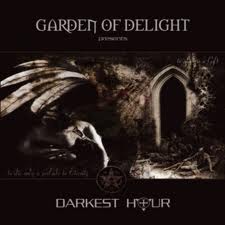



 ....Cinder is going to love TIAMAT aswell !!!
....Cinder is going to love TIAMAT aswell !!!